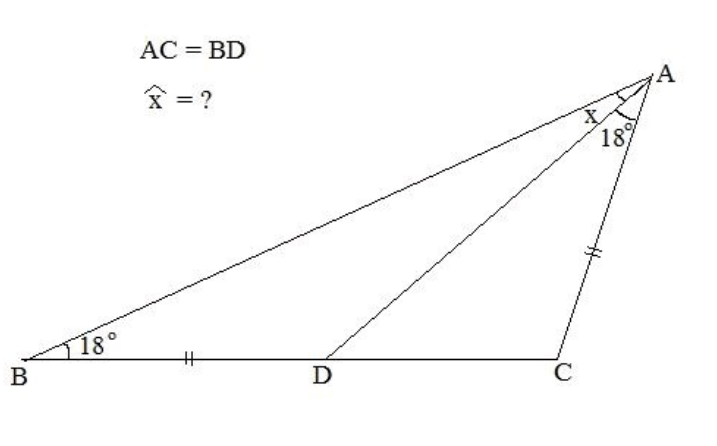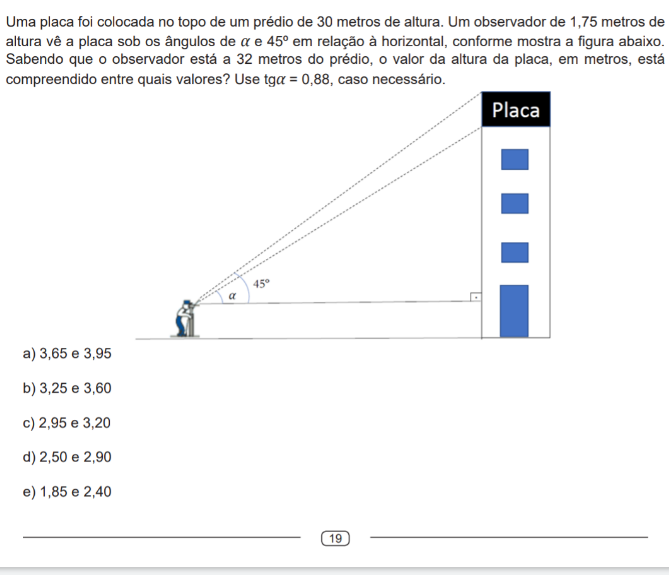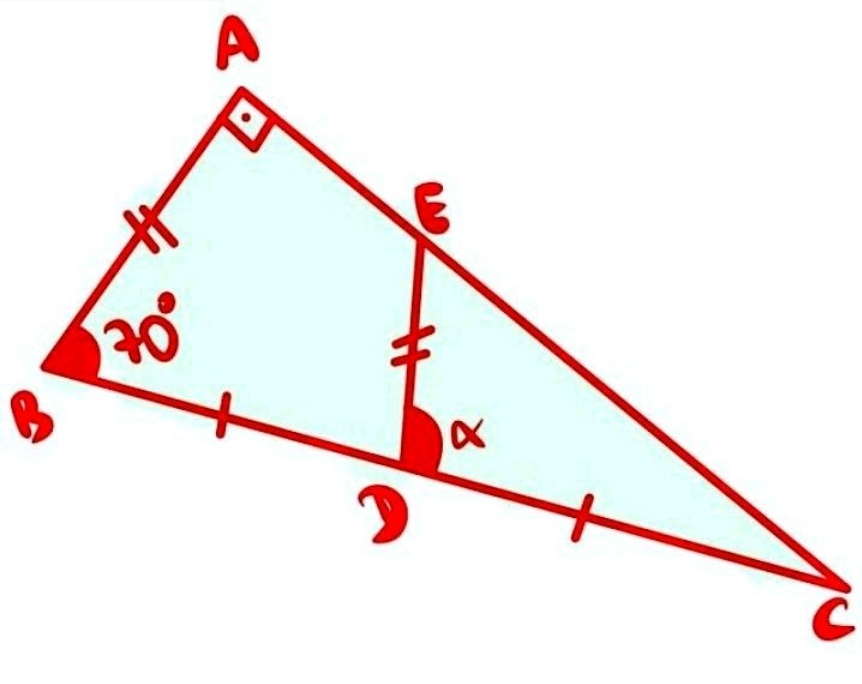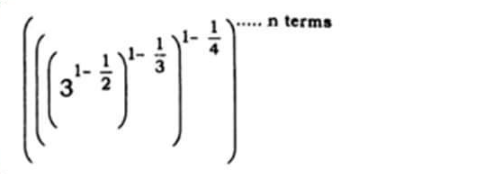
AllQuestion and Answers: Page 357
Question Number 185672 Answers: 0 Comments: 0

Question Number 185668 Answers: 2 Comments: 0
Question Number 185665 Answers: 1 Comments: 0
Question Number 185664 Answers: 0 Comments: 0

Question Number 185663 Answers: 0 Comments: 0

Question Number 185659 Answers: 1 Comments: 1
Question Number 185647 Answers: 1 Comments: 0

Question Number 185637 Answers: 1 Comments: 0

Question Number 185642 Answers: 1 Comments: 1

Question Number 185640 Answers: 2 Comments: 0

Question Number 185619 Answers: 1 Comments: 1

Question Number 185719 Answers: 1 Comments: 2
Question Number 185602 Answers: 2 Comments: 0

Question Number 185601 Answers: 0 Comments: 0
Question Number 185599 Answers: 4 Comments: 3
$${x}!={x}^{\mathrm{3}} −{x}\:\:\:\:\:\:\:\:\:\:{faind}\:{x}=? \\ $$
Question Number 185598 Answers: 0 Comments: 0

Question Number 185597 Answers: 0 Comments: 0

Question Number 185596 Answers: 0 Comments: 1

Question Number 185625 Answers: 1 Comments: 0
Question Number 185624 Answers: 1 Comments: 0

Question Number 185580 Answers: 1 Comments: 0

Question Number 185574 Answers: 0 Comments: 1
Question Number 185570 Answers: 0 Comments: 0

Question Number 185559 Answers: 0 Comments: 11

Question Number 185558 Answers: 0 Comments: 1

Question Number 185557 Answers: 1 Comments: 5

Pg 352 Pg 353 Pg 354 Pg 355 Pg 356 Pg 357 Pg 358 Pg 359 Pg 360 Pg 361
